Terahertz (THz) radiation commonly refers to the frequency band of the electromagnetic spectrum ranging from 0.3 THz to 10 THz. Compared to visible or infrared radiation, THz waves can penetrate into organic materials such as dry skin, plastics, cloth, or paper, while they are reflected by metallic materials. Carrying low energy photons, THz radiation is unable to induce ionization processes, differently for instance from X-rays, which means it is a perfectly safe radiation for biological tissues. Interacting with molecular vibrational and rotational motions, THz is very sensitive to the material structure. As a result, every substance has its own specific spectral absorption and refractive index in this range, which translate into unique THz spectral fingerprints. These properties make THz radiation extremely suitable for general imaging applications like in pharmaceutical and food industries for quality control or in scientific fields, like medicine (for ex-vivo skin cancer and dental caries diagnostics) and chemistry/physics (for materials spectroscopy).
Within the NATO – Science for Peace and Security Programme, THz waves are highly relevant for applications in:
Border controls, citizens and security imaging: THz systems represent a ‘see through’ technology that permits to bypass barriers such as packaging or clothing to investigate the presence of potentially dangerous and/or illegal materials concealed inside them, thus identifying illicit traffics.Environment security : THz radiation is particularly precious because it is strongly absorbed by polar liquids, like water. As a consequence, THz absorption represents a very sensitive contactless probe to investigate water content in hydrated materials, like leaves. This enables an efficient method to determine physiological processes and molecular mechanisms leading to drought stress tolerance in plants, helpful to optimize irrigation strategies to cautiously take advantage of water resources. It is also a promising tool to monitor the diffusion of plant pathogens, the presence of dangerous molds, potential infestations by parasites in the seeds etc.
The THESEUs project aims at developing compact, high-efficiency THz laser sources that will be integrated with high-performance THz cameras to implement a portable THz imaging/scanning system. Common THz sources are either bulky and expensive, or produce little power, or cover mostly only the spectrally less-interesting sub-THz portion of the spectrum. THESEUs sources will instead represent the next generation of THz Quantum Cascade Lasers. These are electrically-driven devices that emit light due to a cascade of electrons across quantum levels specifically engineered in an artificial crystal composed of alternating layers of two different semiconductor materials (heterostructure). THz QCLs are compact, reliable, integrable sources already capable of high-power emission. Their main drawback, however, is still the necessity of cooling to cryogenic temperatures, which impedes large scale exploitation and hinders applications outside controlled environments. In the last few months, however, advances in quantum design and growth technology, have led to operating temperatures as high as -63 °C and to the first demonstration of lasing on a compact, low-cost Peltier cooling stage. But, for the moment, the large electric dissipation limits operation to short and low power emission pulses.THESEUs objective is to drastically reduce the physical dimensions of such QCLs (and hence their power consumption) by implementing properly designed and optimized microresonators, that exploits the so-called plasmonic modes in metallic microdisks and novel 2D materials such as graphene (a single layer of carbon atoms). This might lead to extreme miniaturization and possibly even higher temperature operation.
In summary, the project goal is to demonstrate THz QCLs, featuring high brightness, vertical emission (for on-chip integration of multiple lasers), and high beam quality (essential for high resolution imaging), within a small, highly-portable, thermo-electric cooling system.


